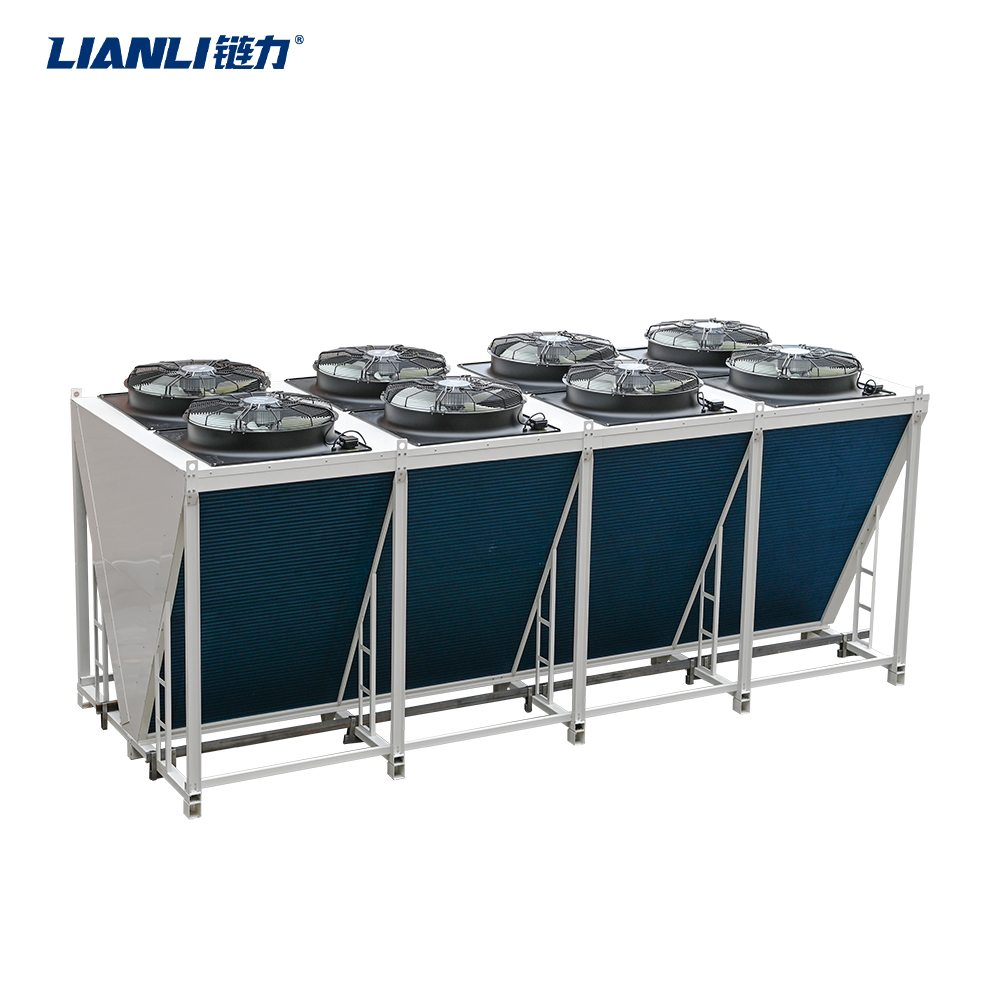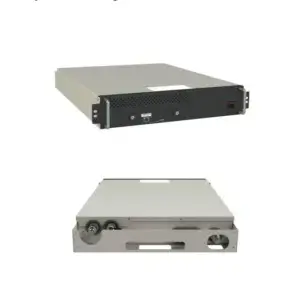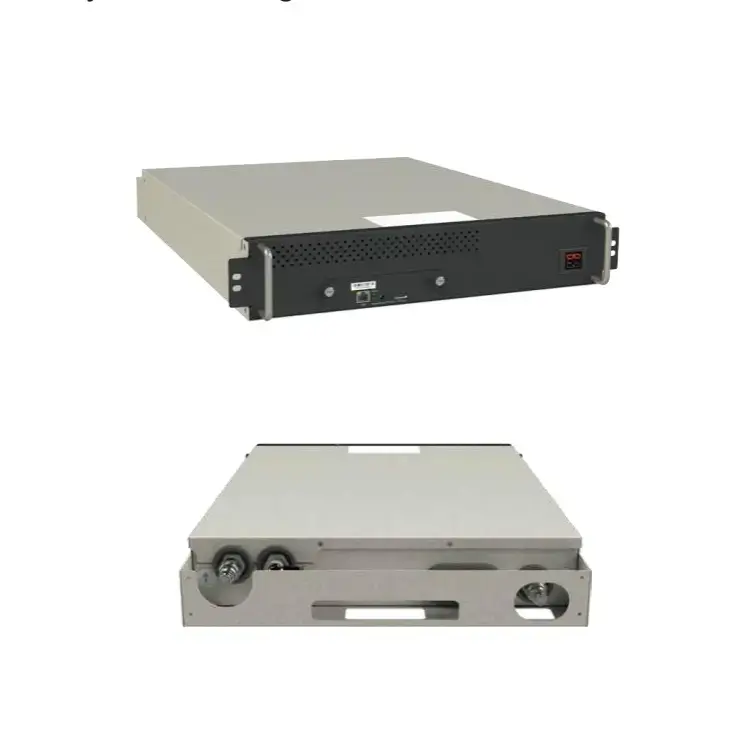Title: Miner S21+ Hyd.+: Why Water Cooling Is the Key to Mining .Hardware Cooling Scalability
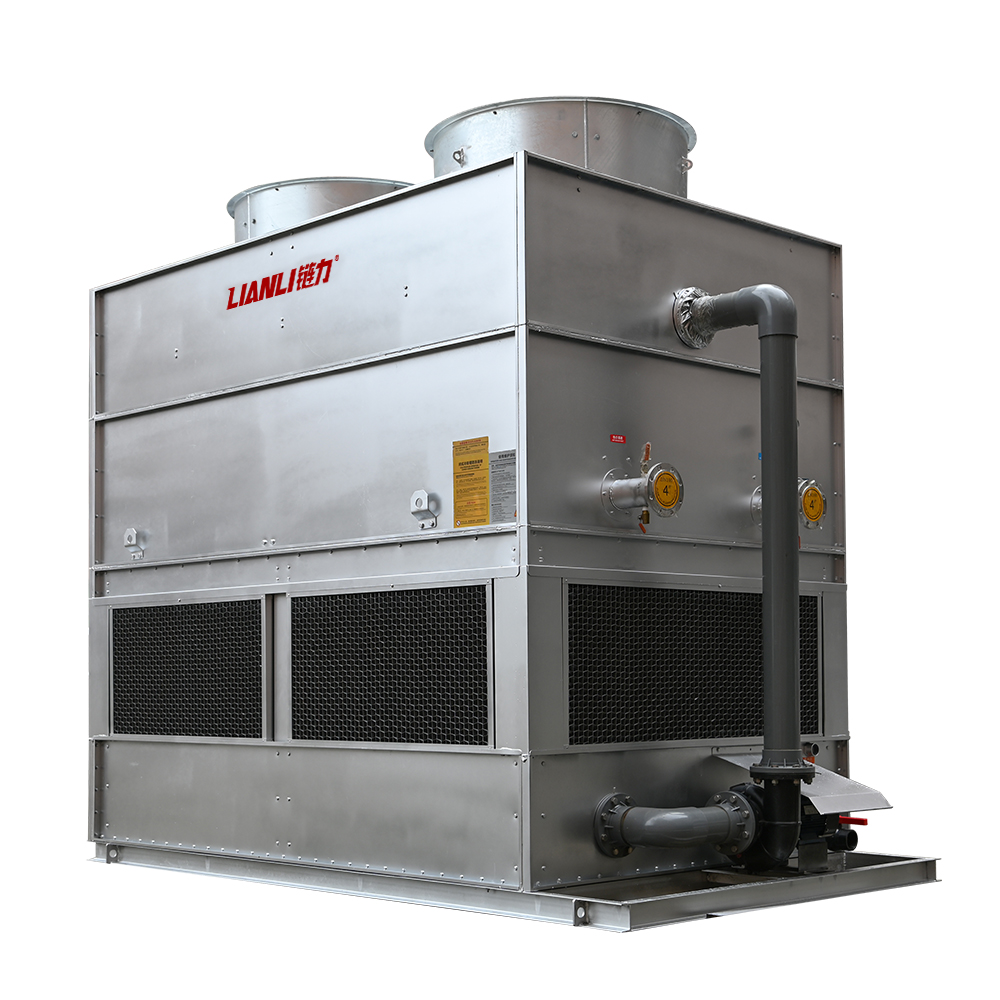
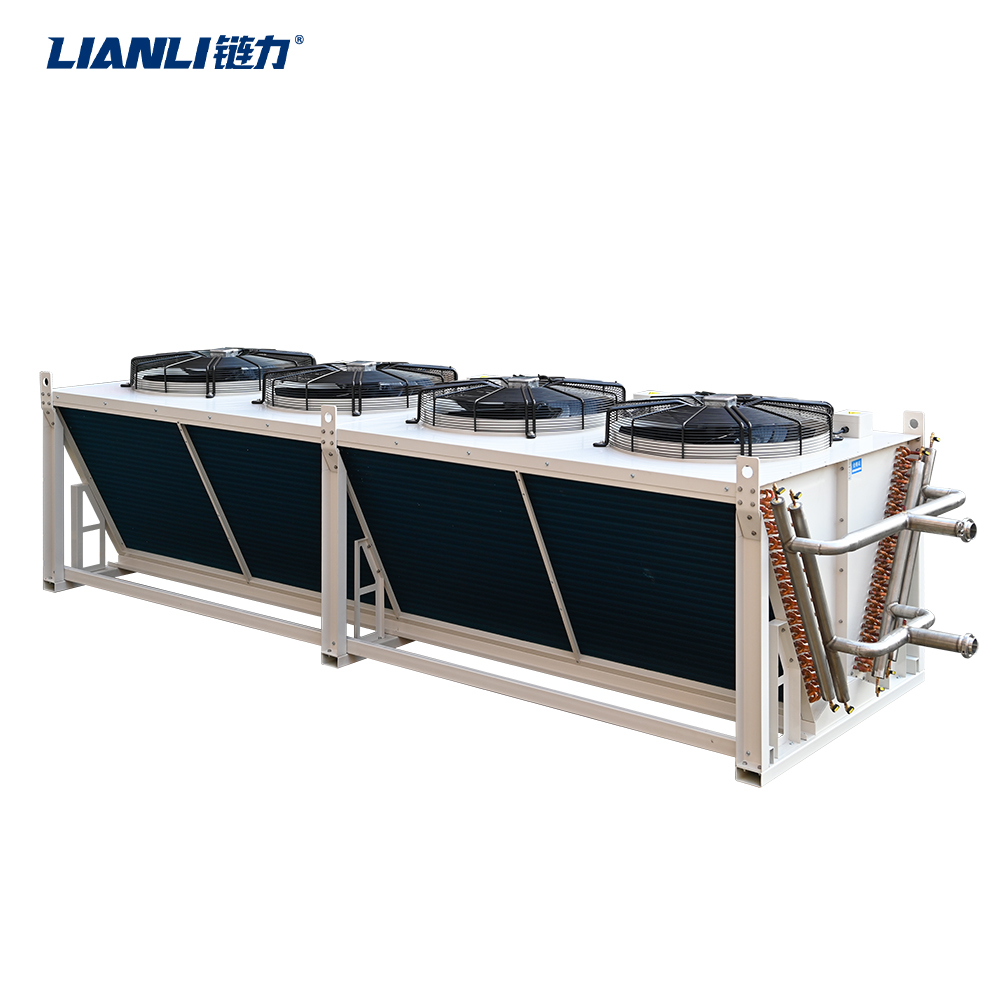
In the fast-evolving world of cryptocurrency mining, the demand for high-performance hardware has never been greater. As mining algorithms grow more complex and hash rates climb higher, the heat generated by mining rigs becomes a critical challenge. Enter the
Miner S21+ Hyd.+ — a revolutionary step forward in cooling efficiency and scalability. This article explores why water cooling is not just an option, but the future of mining hardware cooling.
The Heat Problem in Mining Hardware
Mining hardware, especially ASICs (Application-Specific Integrated Circuits), operates at extremely high speeds, performing trillions of calculations per second. This performance comes at a cost — heat. Traditional air cooling systems struggle to manage the thermal load of high-performance miners like the
Miner S21+ Hyd.+, especially in large-scale mining farms where hundreds or thousands of units run simultaneously.
Excessive heat leads to reduced efficiency, hardware degradation, and even system failures. As mining operations scale up, the limitations of air cooling become more apparent — making it clear that a new solution is needed.
Why Water Cooling Makes Sense for the Miner S21+ Hyd.+
Water cooling offers a far superior thermal transfer rate compared to air. Water has a much higher heat capacity and thermal conductivity than air, allowing it to absorb and dissipate heat more efficiently. This makes it an ideal solution for high-density mining environments.
The
Miner S21+ Hyd.+ leverages this principle to maintain optimal operating temperatures even under full load. By integrating a closed-loop water cooling system, it ensures that each ASIC chip is cooled directly and efficiently, reducing thermal throttling and increasing long-term reliability.
Scalability: The Real Advantage of Water Cooling
One of the most compelling reasons to adopt water cooling is its scalability. Air cooling systems require large fans, ducting, and significant airflow management — which becomes increasingly difficult as mining farms expand. In contrast, water cooling systems can be modularly expanded, allowing miners to scale their operations without compromising on thermal performance.
With the
Miner S21+ Hyd.+, miners can stack units closely together without worrying about overheating. The water cooling system handles heat more effectively than any air-based solution, making it possible to build denser, more powerful mining farms in smaller spaces.
Energy Efficiency and Cost Savings
Another major benefit of water cooling is energy efficiency. Traditional cooling systems can consume a large portion of a mining farm’s power budget. Water cooling, on the other hand, requires less energy to move heat away from the components, leading to lower overall power consumption.
For operations running the
Miner S21+ Hyd.+, this translates into lower electricity costs and improved profitability. Over time, these savings can be substantial, especially for large-scale deployments.
Environmental and Operational Benefits
Beyond performance and cost, water cooling also offers environmental advantages. It reduces the amount of dust and debris entering the mining environment, which can extend the lifespan of the hardware. Additionally, water-cooled systems tend to be quieter than their air-cooled counterparts, making them more suitable for urban or residential mining setups.
The
Miner S21+ Hyd.+ is designed with these benefits in mind, offering a cleaner, quieter, and more sustainable mining experience.
Conclusion: The Future Is Water-Cooled
As cryptocurrency mining continues to evolve, so too must the technology that supports it. The
Miner S21+ Hyd.+ is a clear indicator of where the industry is heading — toward more efficient, scalable, and sustainable cooling solutions.
Water cooling is no longer a luxury; it is a necessity for those who want to stay competitive in the mining space. With its superior thermal management, scalability, and energy efficiency, water cooling is the key to unlocking the next generation of mining hardware performance.

 In the fast-evolving world of cryptocurrency mining, the demand for high-performance hardware has never been greater. As mining algorithms grow more complex and hash rates climb higher, the heat generated by mining rigs becomes a critical challenge. Enter the Miner S21+ Hyd.+ — a revolutionary step forward in cooling efficiency and scalability. This article explores why water cooling is not just an option, but the future of mining hardware cooling.
In the fast-evolving world of cryptocurrency mining, the demand for high-performance hardware has never been greater. As mining algorithms grow more complex and hash rates climb higher, the heat generated by mining rigs becomes a critical challenge. Enter the Miner S21+ Hyd.+ — a revolutionary step forward in cooling efficiency and scalability. This article explores why water cooling is not just an option, but the future of mining hardware cooling.

 In the fast-evolving world of cryptocurrency mining, the demand for high-performance hardware has never been greater. As mining algorithms grow more complex and hash rates climb higher, the heat generated by mining rigs becomes a critical challenge. Enter the Miner S21+ Hyd.+ — a revolutionary step forward in cooling efficiency and scalability. This article explores why water cooling is not just an option, but the future of mining hardware cooling.
In the fast-evolving world of cryptocurrency mining, the demand for high-performance hardware has never been greater. As mining algorithms grow more complex and hash rates climb higher, the heat generated by mining rigs becomes a critical challenge. Enter the Miner S21+ Hyd.+ — a revolutionary step forward in cooling efficiency and scalability. This article explores why water cooling is not just an option, but the future of mining hardware cooling.
